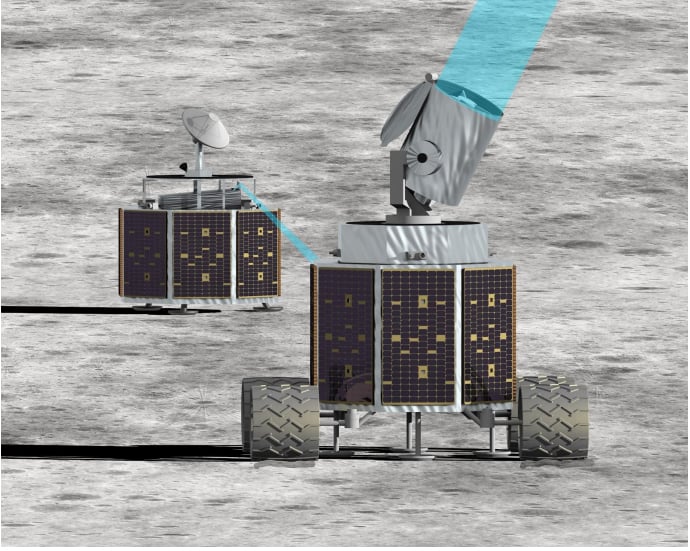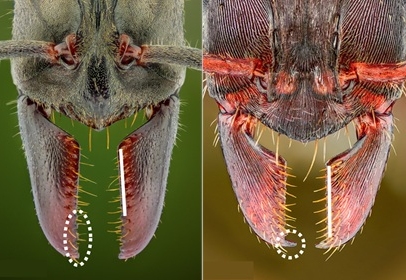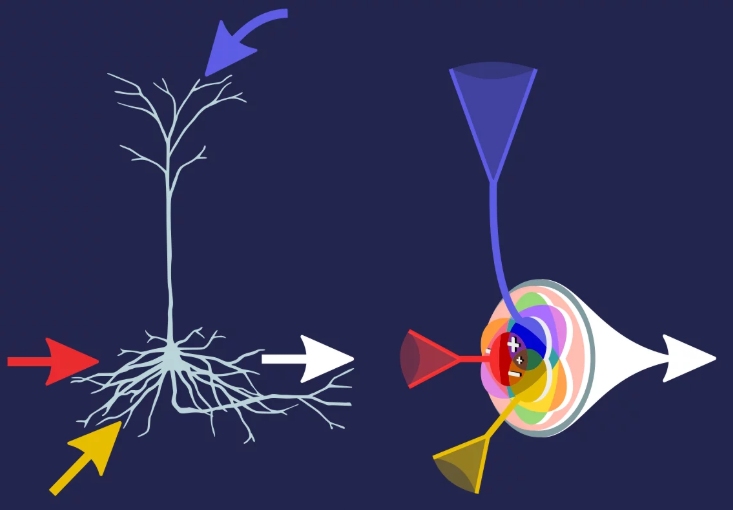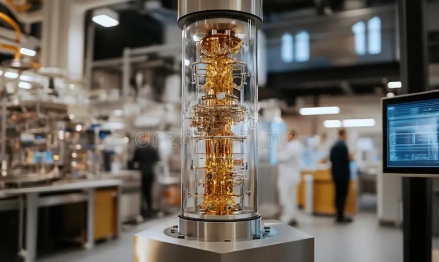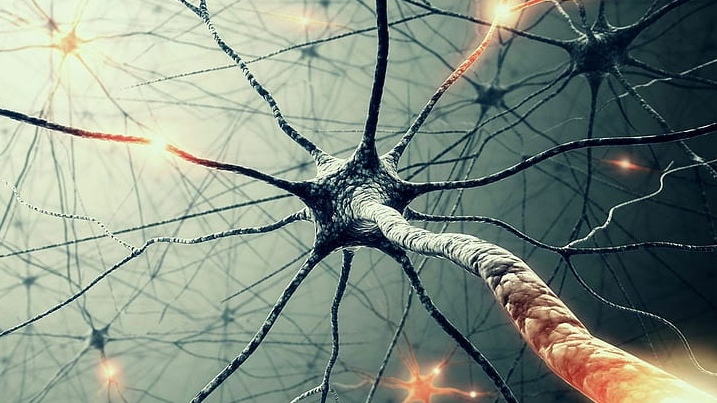Imagine building a huge group of telescopes on the Moon, where there’s no air or weather to interfere, allowing us to see further into space than we ever could before. That’s the idea behind the Artemis-enabled Stellar Imager (AeSI), a proposed lunar interferometer designed to reveal what’s happening on the surfaces of stars and deep inside active galactic nuclei (AGN). A team led by Dr. Kenneth Carpenter at NASA’s Goddard Space Flight Center recently completed a nine-month feasibility study, and their findings suggest that this ambitious idea is not just…
Read MoreMonth: March 2025
Training an LLM is Like Growing a Fractal: The Power of Iterative Learning
James Gleick, one of my favorite science writers, wrote this famous quote in his book Chaos: Making a New Science: “IN THE MIND’S EYE, a fractal is a way of seeing infinity”.’ Doesn’t it also reflect how LLMs work? How? Just like fractals, these models take patterns, layer them and build something infinitely complex from simple rules. It’s like staring into a never-ending web of words, where meaning keeps unfolding the deeper we go.
Read MoreAntGrip: Enhancing Gripper Performance with Ant-Inspired Hairs
Whenever I find myself really fascinated by biomimicry, I often discover new things inspired by it. This time, it’s a robotic hand that takes ideas from how ants work. Imagine you’re picking up a slippery soda can with a simple two-finger robot gripper. No suction cups, no fancy sensors, just friction. Sounds tricky, right? That’s exactly the kind of challenge researchers tackled by taking inspiration from “ants”.
Read MoreInfomorphic Neurons: Self-Learning AI Inspired by Biology
Imagine if artificial neurons could learn like the ones in our brains, adapting, making decisions on their own, and figuring things out without needing a central command. That’s exactly what scientists are working on with a new kind of artificial neuron called infomorphic neurons. Unlike traditional artificial neural networks, these neurons don’t need an external system to guide their learning. Instead, they learn in a self-organized way, just like biological neurons do.
Read MoreCracking the Mystery of Strange Metals with Quantum Entanglement
Quantum criticality in metals is an exciting area of study where physics explores mysterious concepts. A new study in Nature Communications looks at a unique way to understand entanglement at a specific point called the Kondo destruction quantum critical point (QCP). Instead of using standard methods, the researchers focus on concepts like mutual information and quantum Fisher information (QFI) to explore how quantum connections change as they get closer to this transition.
Read MoreBook Review: Helgoland by Carlo Rovelli
As travel was on the cards, I decided to pick up a book that’s rich with storytelling, conversational and intriguing, without being a 500-page commitment. Helgoland (170 pages) felt like the perfect choice. I had started it two weeks ago but never found the time to finish it. It was first published in 2020. There’s something about reading while traveling that makes the experience even better. It’s like hanging out with a favorite author…and the best part? They never judge you for rereading the same sentence five times. (lol)
Read MoreULVAC and IBM Quantum Team Up to Revolutionize Quantum Computing Cooling
Quantum computing is one of the most promising technological frontiers, but it comes with a major challenge, which is, maintaining the extreme cold temperatures that is required for qubits to function. Today’s quantum computers rely on dilution refrigerators, complex and highly specialized cooling systems that keep qubits operating near absolute zero. However, these systems are expensive, tough to maintain and don’t scale easily.
Read MoreBook Review: Superintelligence by Nick Bostrom
While I was researching into the existential risk from artificial intelligence, I found “Superintelligence: Paths, Dangers, Strategies” by Nick Bostrom, who is a philosopher and researcher in AI. The book came out in 2014. Since it focuses on the potential dangers of artificial intelligence, I decided to grab it and start reading right away. More or less I enjoyed going through it as it explores the challenges presented by the prospect of AI exceeding human cognitive abilities, (though, to be honest, if chatbots get any smarter, I might have to…
Read MoreQNodeOS: Making Quantum Network Development Accessible to All
For decades, quantum networks have always been looked as a research curiosity than a practical technology. I personally imagined it to be a field of entangled particles, stretching across galaxy and the quantum connections in the field space enables telepathic communication, this is how I concluded, quantum entanglement happens.
Read MoreHow Your Brain Filters Information: The Science of Excitation and Inhibition
Neurons in our brain are constantly taking in and distributing information, be it sound, sight or touch, everything is getting processed in the real time. But how exactly does this work? Recent research sheds light on how groups of neurons work together to encode and process information. The study has surfaced some interesting insights about the balance between excitation and inhibition in the brain.
Read More
